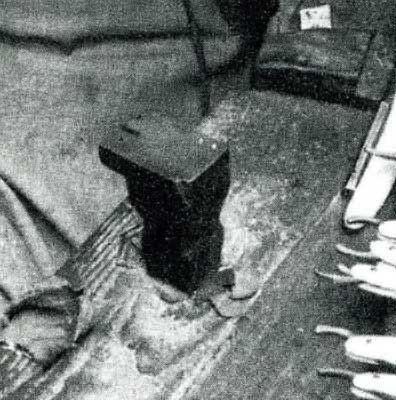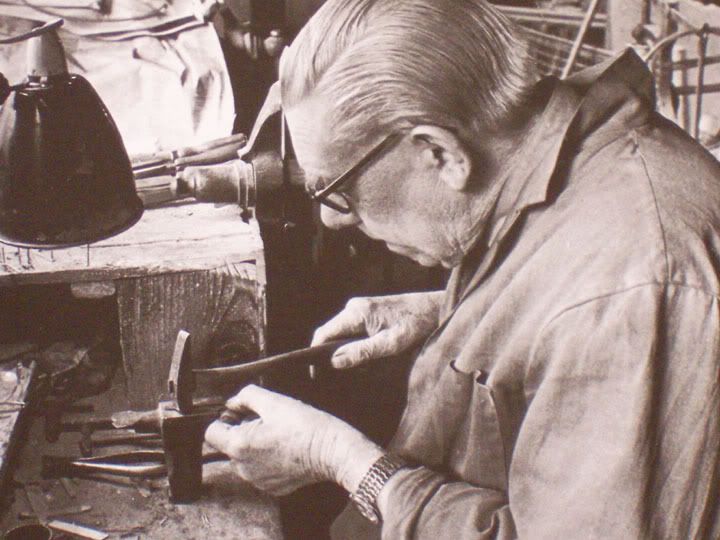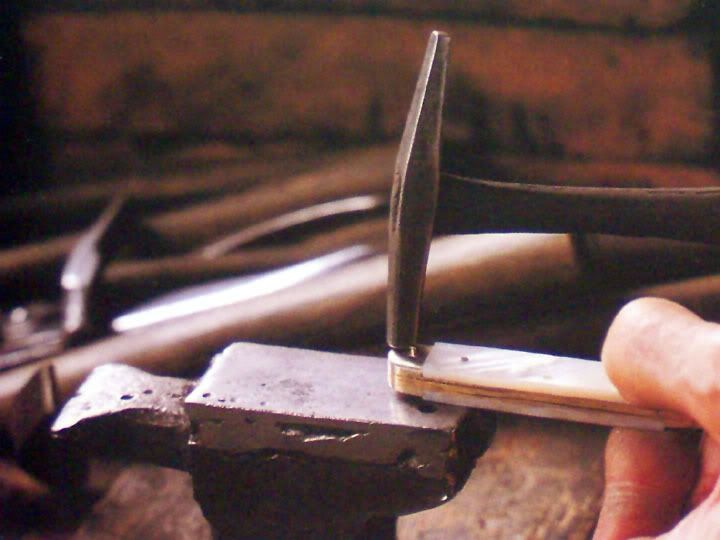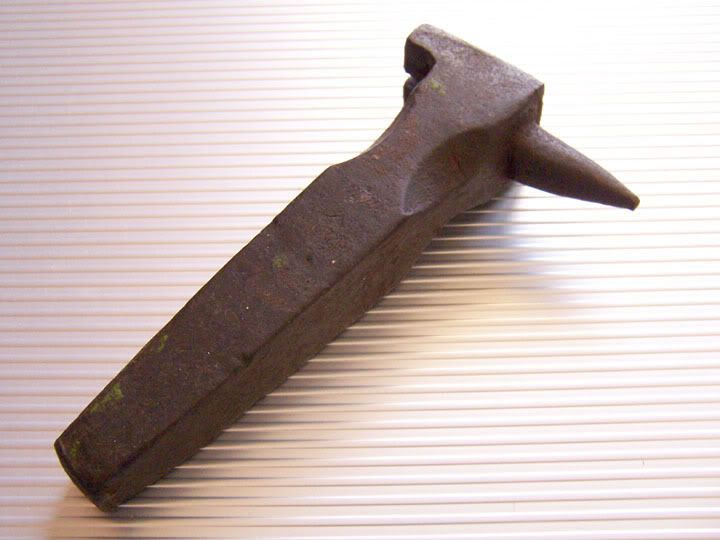- Messages
- 782
OK - I have a couple of restoration projects ready to re-pin. The original pins I bought from Olivia's Seif are too big for the first one (the razor is a 3/8 Puma), so I ordered some brass rods and size #0 brass washers from eBay & a model shop. They arrive today 
Many of the videos and guides show indents drilled into either vices or the sides of hammer heads which you rest one side of the pin in whilst you peen the other side. My question is - is this really necessary? Or is it just an aid to keep the razor still whilst you peen?
If you've made the dimples, what size of drill-bit did you use?
Cheers
Grant
Many of the videos and guides show indents drilled into either vices or the sides of hammer heads which you rest one side of the pin in whilst you peen the other side. My question is - is this really necessary? Or is it just an aid to keep the razor still whilst you peen?
If you've made the dimples, what size of drill-bit did you use?
Cheers
Grant







